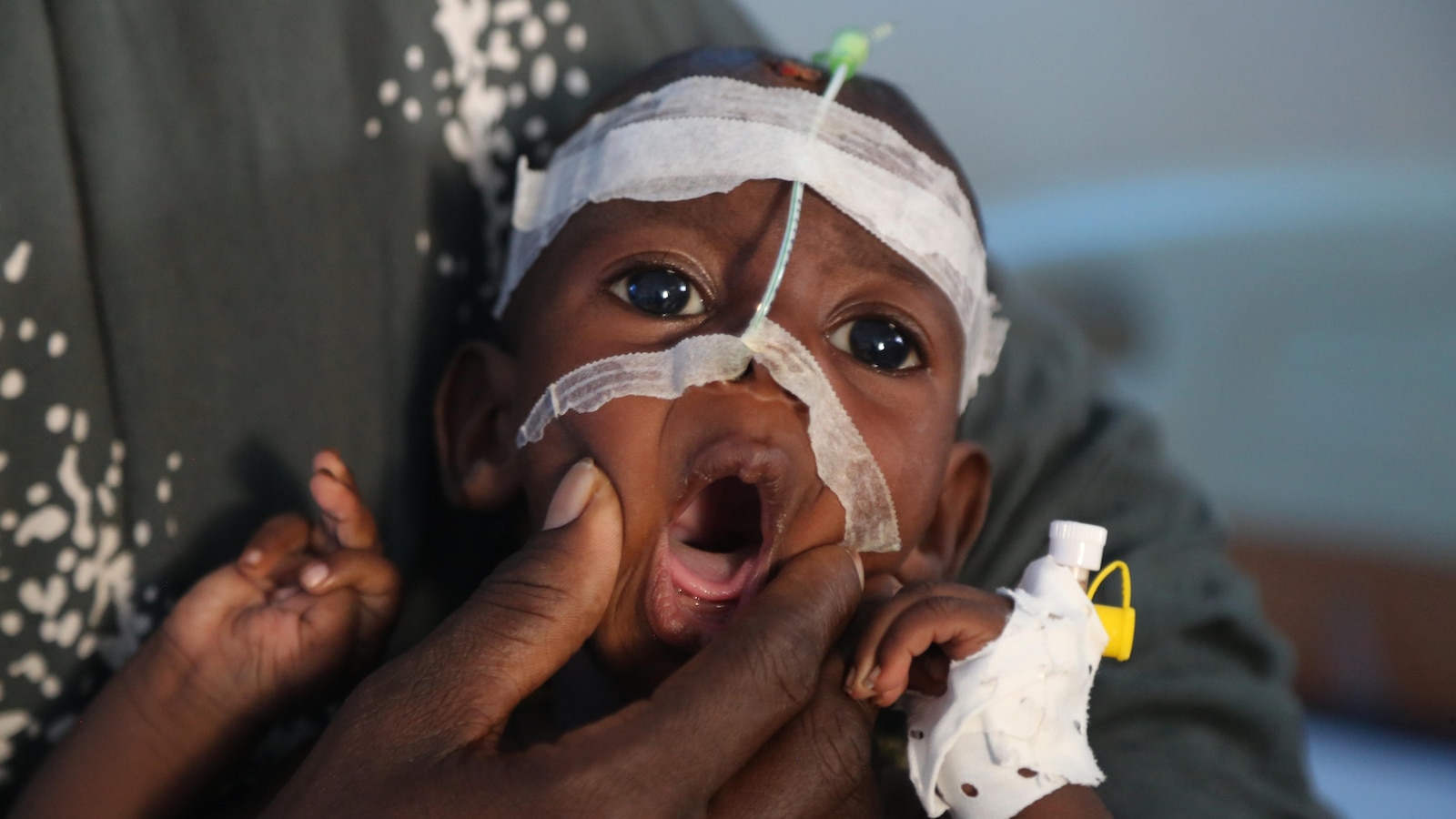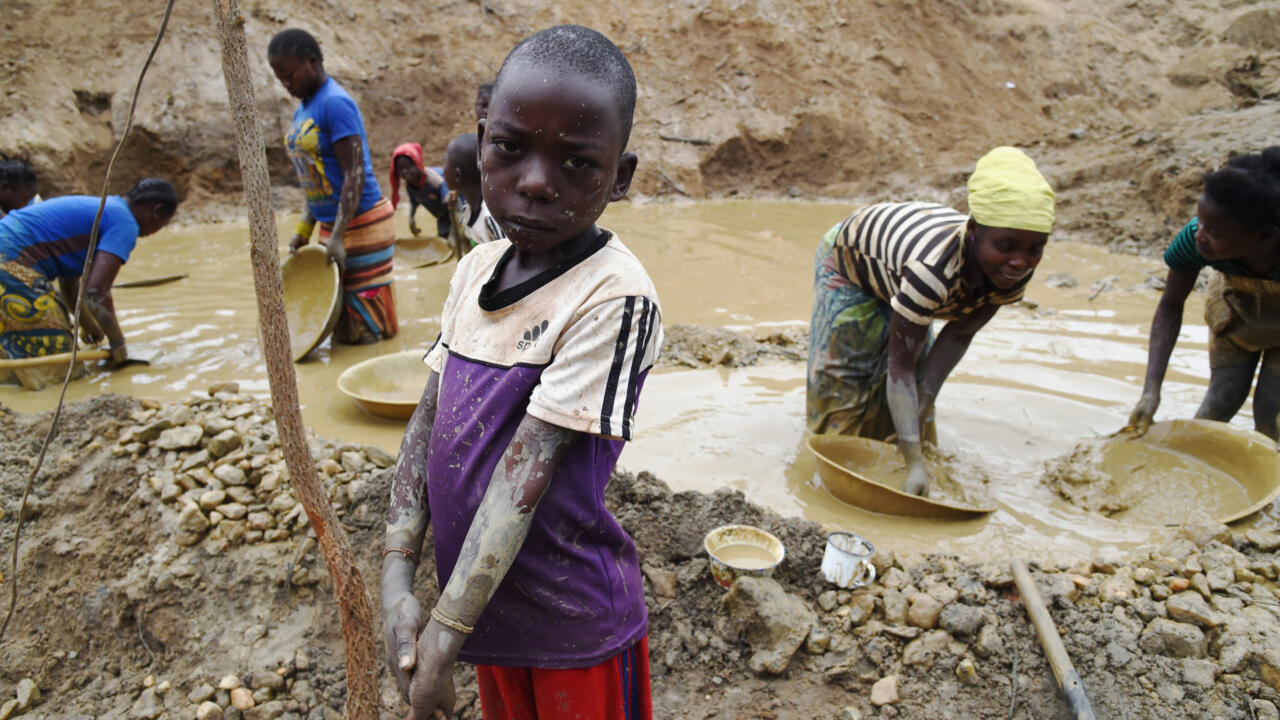Success Story: Ending Extreme Poverty in Cabo Verde – The Borgen Project

Report on Cabo Verde’s Progress Towards Sustainable Development Goal 1: No Poverty
Executive Summary
The island nation of Cabo Verde has demonstrated significant progress in its commitment to achieving Sustainable Development Goal 1 (SDG 1): No Poverty. The country is on track to eradicate extreme poverty, having reduced the percentage of the population living in such conditions by over 50% between 2015 and 2022. Despite economic setbacks, including those caused by the COVID-19 pandemic, Cabo Verde maintains a national objective to eliminate extreme poverty by 2026 through a series of targeted strategic initiatives aligned with multiple SDGs.
Strategic Initiatives and Alignment with Sustainable Development Goals
Cabo Verde’s success is attributed to a multi-faceted approach involving governmental and non-governmental collaboration. Key projects have been implemented to address the root causes of poverty, directly contributing to several Sustainable Development Goals.
-
National Strategy for the Eradication of Extreme Poverty (ENEPE) 2022–2026
This foundational strategy was launched to mitigate the economic impact of the 2020 pandemic. It focuses on direct support for vulnerable populations and investments in infrastructure and education. This initiative is a direct implementation of policies aimed at achieving SDG 1 (No Poverty) and SDG 10 (Reduced Inequalities).
-
Transport Sector Reform Project
By rehabilitating national road networks, this project enhances connectivity for previously isolated communities. The improved infrastructure facilitates access to essential services such as healthcare and education and ensures safer transport of goods. This work is a clear contribution to SDG 9 (Industry, Innovation and Infrastructure).
-
Access to Finance for Micro, Small and Medium-Sized Enterprises Project
This project provides critical financial support to small and medium-sized businesses, fostering economic recovery and expansion. By stimulating the private sector, the initiative directly supports the objectives of SDG 8 (Decent Work and Economic Growth).
-
Education and Skills Development Enhancement Project
Targeting youth unemployment, this project has provided approximately 2,000 scholarships and grants to individuals aged 18 to 30. By expanding educational and vocational opportunities, it makes a direct contribution to SDG 4 (Quality Education) and supports the employment targets within SDG 8.
Conclusion: A Model for SDG Implementation
Cabo Verde’s progress serves as a case study in effective SDG implementation. The nation’s strategy demonstrates that the eradication of extreme poverty (SDG 1) is achievable through integrated policies that prioritize inclusive growth, infrastructure development (SDG 9), quality education (SDG 4), and economic opportunity (SDG 8). The success of these initiatives, often achieved through strong partnerships (SDG 17), positions Cabo Verde as a model for other nations striving to build a more equitable and sustainable future.
Analysis of the Article in Relation to Sustainable Development Goals
1. Which SDGs are addressed or connected to the issues highlighted in the article?
-
SDG 1: No Poverty
- The article’s central theme is Cabo Verde’s effort to eradicate extreme poverty. It explicitly states the nation’s goal is “ending extreme poverty by 2026” and highlights the achievement of reducing the percentage of the population in extreme poverty by over 50% between 2015 and 2022.
-
SDG 4: Quality Education
- The “Education and Skills Development Enhancement Project” is mentioned as a key initiative. This project provides scholarships and grants to young people, directly contributing to educational opportunities and skills development, which is the core of SDG 4.
-
SDG 8: Decent Work and Economic Growth
- The article discusses the “Access to Finance for Micro, Small and Medium-Sized Enterprises Project,” which supports businesses to recover and expand. This promotes entrepreneurship and economic growth. Additionally, the education project aims to “reduce youth unemployment,” which is a key aspect of ensuring decent work for all.
-
SDG 9: Industry, Innovation and Infrastructure
- The “Transport Sector Reform Project” is highlighted for its focus on “rehabilitating roads across the country.” This investment in infrastructure is crucial for connecting communities, enabling access to services, and ensuring the safe transport of goods, all of which are central to SDG 9.
-
SDG 10: Reduced Inequalities
- The “National Strategy for the Eradication of Extreme Poverty (ENEPE)” is described as an initiative that “focuses on reducing inequality through… direct support for vulnerable populations.” This directly aligns with the goal of reducing inequalities within a country.
2. What specific targets under those SDGs can be identified based on the article’s content?
-
Target 1.1: By 2030, eradicate extreme poverty for all people everywhere, currently measured as people living on less than $1.25 a day.
- The article directly addresses this target by stating Cabo Verde’s goal is “ending extreme poverty by 2026” and noting the significant reduction already achieved.
-
Target 4.4: By 2030, substantially increase the number of youth and adults who have relevant skills, including technical and vocational skills, for employment, decent jobs and entrepreneurship.
- The “Education and Skills Development Enhancement Project,” which has awarded scholarships and grants to young people to expand opportunities and reduce unemployment, is a direct action towards this target.
-
Target 8.3: Promote development-oriented policies that support productive activities, decent job creation, entrepreneurship, creativity and innovation, and encourage the formalization and growth of micro-, small- and medium-sized enterprises, including through access to financial services.
- The “Access to Finance for Micro, Small and Medium-Sized Enterprises Project” directly corresponds to this target by providing financial support to these specific types of businesses.
-
Target 9.1: Develop quality, reliable, sustainable and resilient infrastructure, including regional and transborder infrastructure, to support economic development and human well-being, with a focus on affordable and equitable access for all.
- The “Transport Sector Reform Project” which focuses on “rehabilitating roads” to connect communities and improve access to healthcare and education, is a clear implementation of this target.
-
Target 10.2: By 2030, empower and promote the social, economic and political inclusion of all, irrespective of age, sex, disability, race, ethnicity, origin, religion or economic or other status.
- The ENEPE initiative’s focus on “reducing inequality” and providing “direct support for vulnerable populations” aligns with the goal of promoting social and economic inclusion.
3. Are there any indicators mentioned or implied in the article that can be used to measure progress towards the identified targets?
-
Indicator 1.1.1: Proportion of the population living below the international poverty line.
- The article explicitly provides data related to this indicator, stating that “the percentage of the population living in extreme poverty declined by more than 50%” between 2015 and 2022.
-
Indicator related to Target 4.4: Number of young people receiving skills training/education support.
- While not a formal UN indicator, the article provides a specific metric: “about 2,000 young people aged 18 to 30” have received scholarships and grants. This serves as a direct indicator of the project’s reach and progress.
-
Indicator related to Target 8.3: Amount of financial support provided to small and medium-sized businesses.
- The article implies this indicator through the “Access to Finance for Micro, Small and Medium-Sized Enterprises Project.” Measuring the number of businesses supported or the total value of financial aid disbursed would be a way to track progress.
-
Indicator related to Target 9.1: Kilometers of roads rehabilitated or built.
- The “Transport Sector Reform Project” focuses on “rehabilitating roads.” Progress could be measured by the length of road improved, which would serve as an indicator of infrastructure development.
SDGs, Targets, and Indicators in Cabo Verde’s Development
| SDGs | Targets | Indicators |
|---|---|---|
| SDG 1: No Poverty | 1.1: Eradicate extreme poverty for all people. | The percentage of the population living in extreme poverty (which declined by over 50% from 2015-2022). |
| SDG 4: Quality Education | 4.4: Increase the number of youth and adults with relevant skills for employment. | The number of young people receiving scholarships and grants (mentioned as about 2,000). |
| SDG 8: Decent Work and Economic Growth | 8.3: Promote policies that support entrepreneurship and the growth of micro-, small- and medium-sized enterprises. | Provision of financial support to small and medium-sized businesses to help them recover and expand. |
| SDG 9: Industry, Innovation and Infrastructure | 9.1: Develop quality, reliable, sustainable and resilient infrastructure. | Rehabilitation of roads across the country to connect communities and improve transport. |
| SDG 10: Reduced Inequalities | 10.2: Empower and promote the social and economic inclusion of all. | Implementation of initiatives focused on reducing inequality and providing direct support to vulnerable populations. |
Source: borgenproject.org
What is Your Reaction?
 Like
0
Like
0
 Dislike
0
Dislike
0
 Love
0
Love
0
 Funny
0
Funny
0
 Angry
0
Angry
0
 Sad
0
Sad
0
 Wow
0
Wow
0
















































:focal(1500,1000)/https://media.globalcitizen.org/a6/9a/a69a4720-d8a1-4715-b596-18738d03c05c/rotary_polio_hero_image.jpg?#)







/countries/sri-lanka/photo-credit---dmc-sri-lanka.tmb-1200v.jpg?sfvrsn=dc298bcc_1#)
















